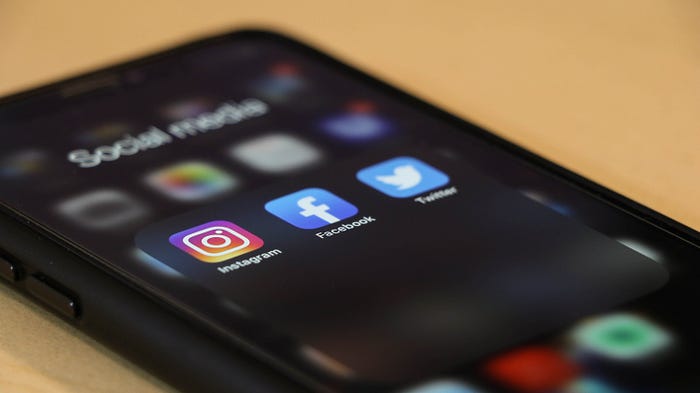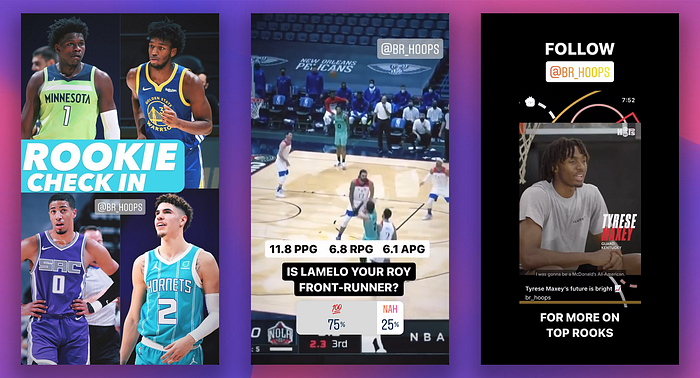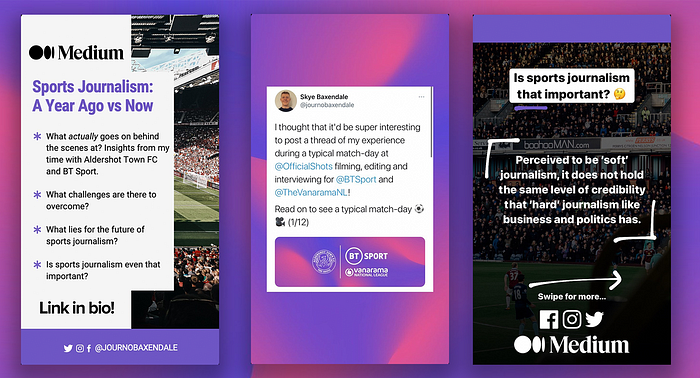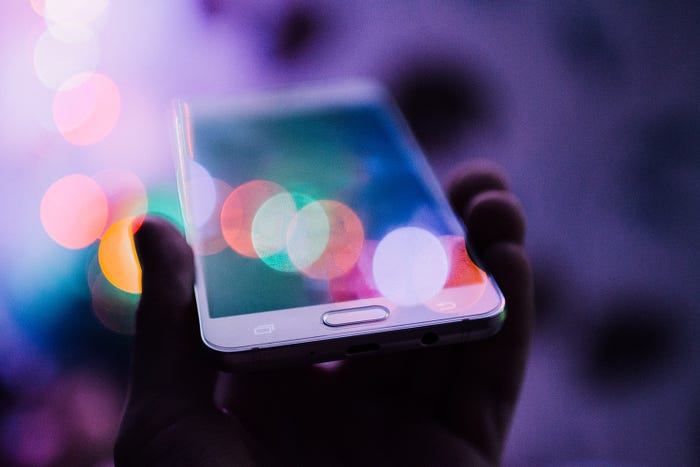Multimodality in Storytelling within Sports Journalism
A critical analysis of multimodality in modern media and society.
The inter-dependent relationship between society and technology has continued to evolve around each other which, in turn, has helped shape society. Developments have also improved the manner in which we communicate and have allowed us to interact freely on a global scale.
These changes in society through new media and technologies have adapted and prepared an entire generation for the digital landscape. Communication within society draws upon the multiplicity of modes, which ultimately create meaning through contexts. But what exactly is multimodality and what is my experience of it?

What is multimodality?
Today’s media consumers can consume, produce and disseminate media messages involving multimodal representation.
Consequently, in both receptive and expressive modes of communication, multimodal representation demands that media consumers possess a wide range of media-related knowledge and competencies.
Multimodality is the way in which we consume and understand communication, encompassing a variety of mediums. Context is important as the inter-dependent relationship between different modes and representations convey meaning.
Mode: Socially and culturally shaped resource for making meaning. Image, writing, layout, speech, moving image are examples of modes.
Medium: Mode and modal uses have to be considered together with the medium of distribution involved in communication. Medium has a material and a social aspect. Materially, medium is the substance in and through which meaning is instantiated/realised and through which meaning becomes available to others, such as video, image, text, audio, etc.

Multimodality in social media
Social media platforms allow curators to generate and regulate their own content and are expected to be gatekeepers of information. Consumers also use social media platforms to engage in and to produce storytelling and microblogging, which has increased in popularity over the last decade. For more information about microblogging and how society has adapted to microblogging, read the link below.
Twitter, Instagram and Facebook
Instagram introduced the hugely popular ‘Stories’ feature in 2016 which since has more than 500 million Instagrammers use stories daily. Instagram created this feature to allow its users to curate daily content through a variety of means. Users are now able to produce their own narratives by creating storytelling content efficiently and to a wide reach of their audience.
After the popularity of the release of Stories, Instagram quickly saw the potential and a year later produced Story Highlights in which you can archive Stories on your profile for more than 24 hours. This allowed users to create more in-depth storytelling that can span over a longer period of time. Features like this helped social media personalities and businesses alike to reach a more penetrable market, and have included a ‘swipe up’ feature in which allows accounts with more than 10k followers to add links into their Stories.
Since their purchase of Instagram, Facebook have since adopted the same strategy of using Stories and even more recently Twitter in late 2020 release their rendition of this feature, titled Fleets.
The switch from print media to digital media meant that it was only a matter of time before technological advancements allowed for a multimodal approach. It now is all about improving the digital presence of a brand so we will see more platforms following suit to avoid being left behind in the digital age.

Multimodality in sports journalism
Bleacher Report and The Athletic are two examples of the digital momentum switch that is creating shockwaves in sports journalism. Both brands have adopted the approaches of microblogging and use multimodality to enhance user experience of content. Both brands have created a highly engaged and loyal following and present content and narratives using effective storytelling techniques. With the rise and development of social media platforms and features like Stories translating to each platform, messages and narratives can be captured by many different audiences.
Bleacher Report
Having cultivated a following of 14.6 million on Instagram, Bleacher Report use multimodality to create various forms of engaging and interactive content. Below shows the daily usage of Instagram Stories and is an example of how they use interactive features to get the most from their audience. They also post highlight plays from a variety of sports which showcase the best plays of the night in which they can get their followers to vote on ‘play of the day’. Quick and efficient digestible content is a storytelling technique that gives power to their audience. The audience will consume only entirely relevant content all in one place.

My experience of multimodality in my own work
Having known of the importance of multimodality, it was essential that I used features that could create highly engaging and interactive content. I used Canva and Photoshop to create consistently branded assets that followers would instantly recognise to be that of my curated profile/brand. Instagram Stories were used as a strategy to get viewers to visit my Medium profile and read my most recent blogs.
Young people spend most of their time in a passive state, especially on social media. You need to use the platform to engage them.
I used a contemporary and in-trend design with bright colours to attract attention, interactive features (like polls) and the use of GIFs to maintain captured attention. I only used bullet points to get across key messages and also to peak the interest of the viewers, who would go on to read the blogs to find further information. It was also important to use relevant imagery as you only have a split second to capture the audience’s attention and to show the audience that you are relevant to their lifestyle.
Alongside engaging Instagram Stories and across all social media platforms, I would post, repost and share relevant articles and that of my own work. Using certain features like hashtags and tagging relevant journalists and brands, I saw a spike in engagement. I saw a trend of people following my accounts after engaging even just briefly. Replying to journalists and to relevant brands saw people liking my comments and following my account. This would be a technique I would use going forward to attract more people to the blog through social media.
Pinned Stories using the Highlights feature followed the same colour scheme and branding as previous posts and Stories which is a part of curating the brand feel.

What has been gained from this exercise?
I have begun to understand my audience little by little and understand trends to follow. I am learning how to engage with digital communities through social media channels in a capacity away from microblogging my stream of consciousness. Running a blog account is much like running your personal social media account as you want to convey your personality to attract like-minded people, but there are features and techniques that you would use in order to maximise this potential.
I have learnt to understand my audience’s needs and desires and I am understanding the importance of context in creating effective narratives and storytelling to curate meaning. I am attempting to utilise the inter-dependent relationship between modes and mediums to create meaningful narratives for the audience.
Potential for improvement
After analysing the results and engagement from my multimodal social media content, I would focus on being as interactive and engaging as possible. Utilising features like polls, question and answer boxes and sliders are all appealing to younger members of the audience.
It is also important to convey a personal and interactive presence in a blog and/or brand, and this can be effectively achieved by using video content on stories. Something as simple as filming myself speaking about the latest blog release with a call to action to read the blog would encourage people to listen, understand and connect with the person behind the blog/brand.

What lies ahead?
Multimodality has become an important mechanism in sports journalism and this has helped with the understanding of the audience even further. Understanding audience needs and desire leads to the enhancement of online audience experience and is a way to engage with a better and more meanigful impact.
I hope you enjoyed reading about my thoughts on multimodality in modern society and its effects on sports journalism. I would love to hear your thoughts about how you use platforms like Twitter, Instagram and Facebook and how you consume multimodal content.
Follow me on Medium to keep up to date with posts about relevant sports journalism topics and follow my Twitter, Facebook and Instagram here for daily updates.

